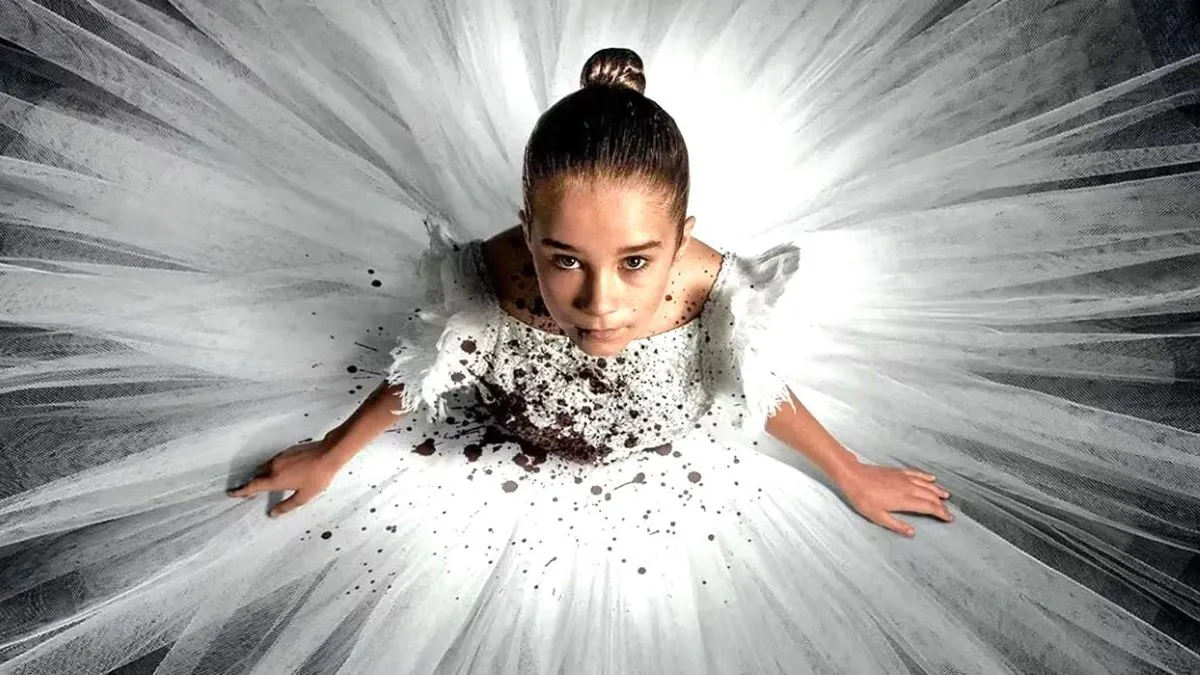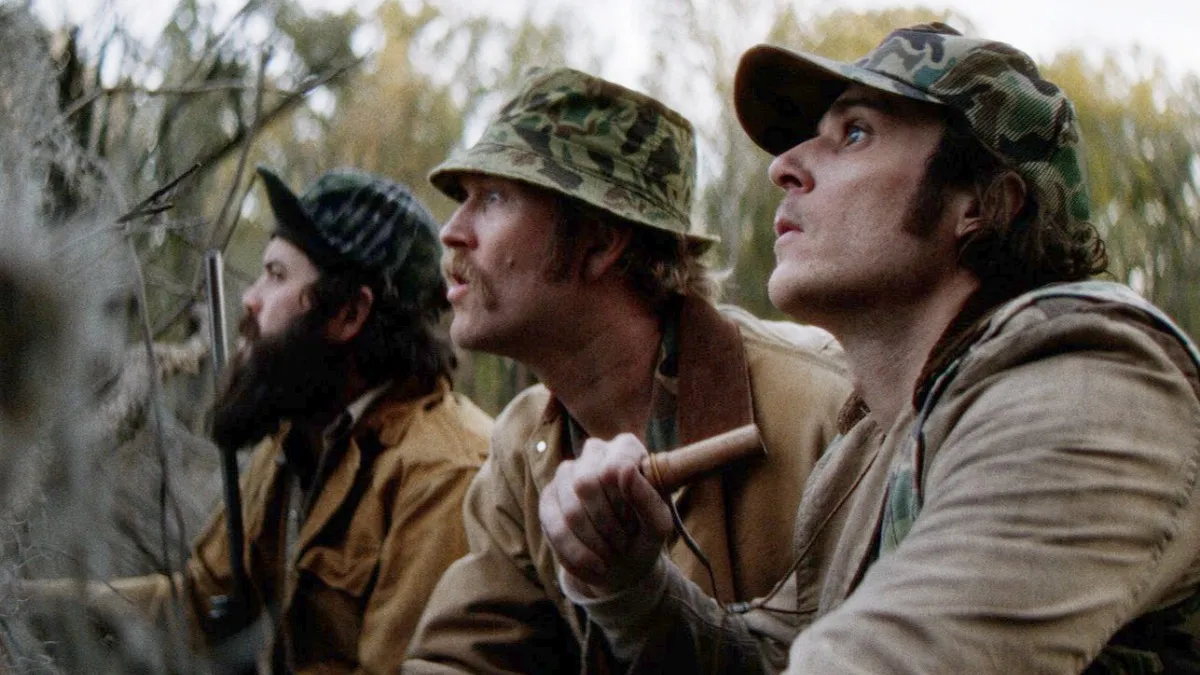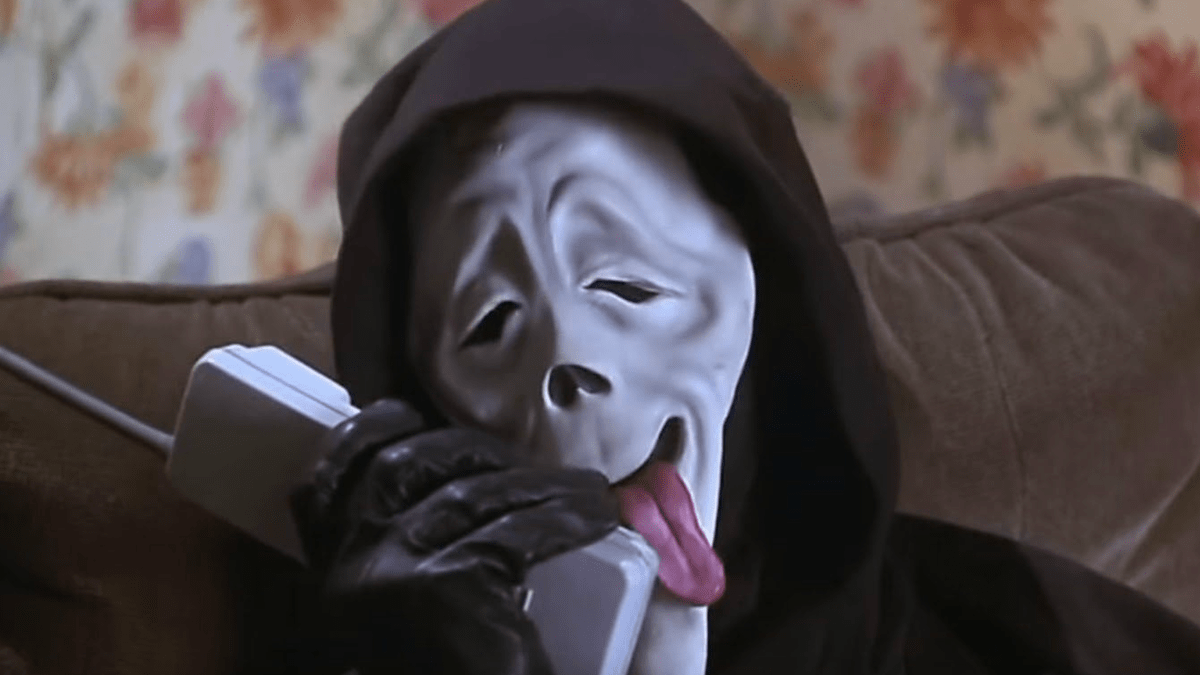Terrence Malick (The New World) brings his cinematic quest for the meaning of life and the existence of God to the silver screen in The Tree of Life. This Fox Searchlight production hits theaters today in the midst of major anticipatory buzz. It’s hard to put this film into any particular genre, as its structure is so radically untraditional and experimental. What audiences will take away from this film, besides wondering what the hell it was they just saw, will be a pervading sense of Malick’s yearning for answers in an unresponsive universe.
Much like other avant-garde films, discussion of plot or storyline is almost impossible when it comes to The Tree of Life. This “film” doesn’t follow any linear narrative flow, and jumps around not only in time, but I think in planes of existence. It plays out like a series of scenes meant less to advance the storyline and more to elicit pure emotional response. Malick indulges in an artistic philosophical musing, not caring too much whether his movie has any kind of point.
From the first few moments of the film, the only thing that is clear is that a 1950s-era couple has lost a son. Malick establishes a kind of random-shot scene montage; a vignette of mourning. The mother crying, the father crying, the couple at church, the couple at the funeral; it’s clear at once that the death of this child has become a catalyst for the film’s search for meaning, and is the lens through which all of the characters are viewed.
In a small Texas town in the early 50s, the O’Brien’s live a frugal and regimented life. Mrs. O’Brien (Jessica Chastain) is a gentle mother, while Mr. O’Brien (Brad Pitt) is a strict disciplinarian. They have three sons (we assume the film has gone back in time at this point, to before the death of one of the sons), and the audience is treated to not so much a story of their life but a series of little life events (and non-events). Really just a collection of non-cohesive moments. And then we see one of the sons, Jack (Sean Penn), as an adult still dealing with the death of his brother.
The theme of “Nature versus the Divine” runs throughout the film. The Tree of Life is asking questions about human existence and the state of the soul, and thanks to the gentle voice-over at the start of the film we come to understand that the Natural man will always be selfish while the man who lives by Grace will be able to love, and thus reach peace. Mrs. O’Brien represents the gentle feminine spirit of love, while Mr. O’Brien is the aggressive spirit of nature. Both influences live in the young Jack (Hunter McCracken), and he battles with himself as he grows out of the innocence of childhood and finds himself acting more like the father he hates than his loving mother.
Malick’s use of the voice-over, in what becomes a heavy-handed conceit, allows the audience to hear the philosophical questions from various characters. These gentle whisperings are almost like prayers, and overlay random scenes of every-day life, as well as more artistic visualizations of celestial clouds and bizarre alternate states of being.
The film not only jumps around in time, but goes as far back as the beginning of the universe. You heard me right. In an over-long segment in the middle of the film, audiences are treated to a dialogue-free visual interpretation of creation. Diaphanous glowing clouds and celestial orbs fill the void, then from the glowing space gas comes planetary accretion and geologic violence. From there the stunning visual effects take us through the spawning of life, the rise of the dinosaurs, and the embryonic beginnings of humanity. Though visually impressive, this segment becomes tedious and feels particularly indulgent.
The film’s classical music score seems to fit the gravitas of Malick’s visuals. Malick seems to have felt the creation of the universe and the glimpses of the world beyond our world should be accompanied by operatic crooning, and requiem masses. The elegiac tones help to build the almost surreal religious atmosphere.
While the actors involved in The Tree of Life had relatively little dialogue, their performances gave the scenes of family life plenty of emotional impact. Pitt and Chastain play their respective roles pitch perfect, with Pitt‘s controlling father the counterbalance to the quiet grace of Chastain‘s mother. Pitt has never struck me as a particularly nuanced actor, but he gave the antagonistic role of Mr. O’Brien a provocative authenticity. Chastain’s gentle character seemed to melt into the background most of the time, but her performance felt the most intimate and real.
The stand out performances though, came from the three O’Brien boys, played by young new talents McCracken, Laramie Eppler, and Tye Sheridan. McCracken’s young Jack simmers with unspoken rage and confusion, and he captures the difficult moments of youthful transition with a laudable earnestness. Penn’s role was limited to a few scenes in an office building sporting a melancholy expression, and then some bizarre otherworldly activity for which he donned a look of awed confusion. All told, Penn didn’t seem to stretch much and his performance felt lackluster.
Since the visual elements of The Tree of Life played such an important role in Malick’s poetic cinema, the ample experience and talents of special effects innovator Douglas Trumball were tapped. Trumball worked on the space effects in Kubrick’s 2001: A Space Odyssey, as well as creating effects for Blade Runner and Close Encounters of the Third Kind. Since Malick and Trumball agreed on the naturalistic feel they wanted to bring to the film, they wanted to rely on non-computer graphics.
Some computer effects were used, but only about 10 to 20 percent of the effects were computer generated. The scenes with the dinosaurs, for example, have CG creatures super-imposed on a real world background. For most of the intergalactic special effects Malick and Trumball went old school and used techniques with paint and water and high-speed cameras. They also experimented with flourescent dyes, lighting, smoke, liquids, flares, spin dishes and fluid dynamics to try and find the right organic galactic visuals.
The most accurate way to describe this film is to say it’s a cross between The Fountain and the ending of 2001: A Space Odyssey. The visuals are very reminiscent of The Fountain; diaphanous glowing clouds, celestial gases, colorful and stunning phenomena of the deep universe. If you’ve seen 2001: A Space Odyssey you remember the ending, which is a complete mind fuck. You’re not sure what’s happening, and you’re left feeling only vague impressions and the sense of being cheated.
Perhaps the problem with The Tree of Life is that it’s too personal. Malick becomes too indulgent in his cosmic questioning and the visual impressions they spawn. While stunning effects, atmosphere and abstract artistry make this film a unique experience, I feel its bizarre experimental style and ultimate pointlessness will not appeal to most audiences.









